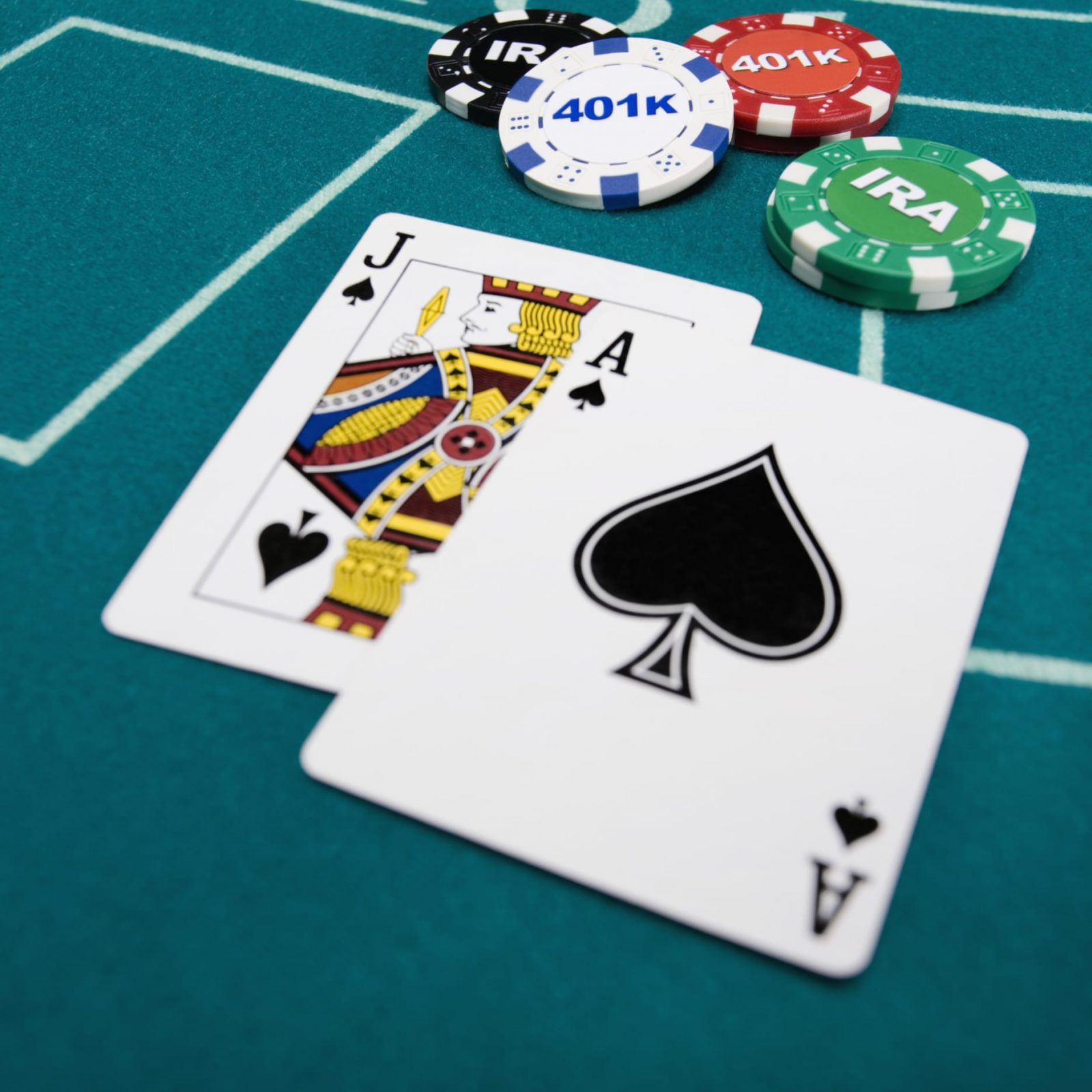Poker is becoming more popular than ever before, but why? There’s no simple answer to this question, apart from the fact that it’s a game with simple rules and many levels of intricacy, not to mention different strategies to employ.
Online poker has made the game accessible to many who might never have played it before has also made a major impact. Gone are the days when playing meant heading to a smoky backroom to pit your wits against opponents who, for all you knew, could be poker pros.
This worldwide boom in the game has also meant that even relatively new players have started to take a great interest in strategic aspects that can help them get the upper hand, even if the stakes being played for are relatively low.
All-In: The Most Popular High Risk Strategy
One of the key moves that players are keen to master is going “all in”. Even the phrase itself conjures up an image of a bold move as you push all your chips to the centre of the table and challenge your opponents to better your hand. It’s a power move, it’s sure to get the adrenaline pumping, but it can either spell victory or disaster.
Hopefully the tips we’ll give you here will help you avoid the latter, and we’ll also give you examples in the past when it’s gone both amazingly well or disastrously badly for the player who has decided to employ the strategy.
When to Go All In
It might seem that the first, and most obvious, time to go all in is when you’re convinced that your hand is unbeatable, and it makes sense to put all the chips at your disposal on the line. But while the logic behind this is sound, in practical terms, it can also easily scare other players, with lesser hands, off.
Such a bold and unequivocal gesture is certainly a sign of a very strong hand and opponents unused to your style of play are more likely to fold instead of feeding more money into the pot. Nevertheless, if you want that rush of excitement and the “in your face” moment of revealing your cards, then go for it.
But a far more tactically astute way of using the strategy of an all-in move is when you have a fair to middling hand but want to bluff, or semi-bluff that it’s far stronger than it really is. It’s here where your in-depth knowledge not just of the finer strategies of all-in play but also knowing the playing styles of your opponents can really come into their own. But the sheer act of committing your whole chip pile to the pot is certain to act as a catalyst, particularly if loose play is the style of your opponents.
When To Choose A Different Strategy
Just as important as knowing when to move is developing a fine appreciation for when holding back would be the best policy. Caution is a skill that needs to be learned in all games, including poker.
Leading directly on from the previous point about bluffing and semi-bluffing, this can also go disastrously wrong if you misjudge the situation – or your opponents. The seasoned poker player whose seen it all before will be able to spot a bluffing all in nine times out of 10, and will have no hesitation in calling even if their hand is on the weak side of mediocre.
Get it wrong once and you might just get away with it, make a habit of it and you become an easy mark.An even more important benchmark that should let you know when not to go all in is when you only have limited information about what kinds of hands your opponents might be holding, especially if theirs is a loose style of play.
As to how much information is enough, that’s a very moot point. But awareness of it will gradually come as you become more and more experienced and find yourself in a number of different scenarios. Like all casino games, it’s all going to come down to knowing the odds and being able to make an educated and informed guess as to what the outcome is likely to be.
Not Even Pros Are Infallible
The fact that going all in is a very imprecise science was perfectly illustrated in the biggest game ever televised, with a prize pot of over $1,000,000. It pitted poker legends Tom Dwan and Phil Ivey against each other with the third player being Patrik Antonius, one of Finland’s strongest players.
He pulled out of the hand early leaving Dwan and Ivey to go head to head. Neither had great hands. As the round progressed, Dwan’s position strengthened with both achieving straights. Ivey, however, thought he was in the superior position and went all-in. But when Dwan’s better hand was revealed he was left rueing his decision.
Things went better in a game between Gus Hansen and Daniel Negreanu when they clashed in a Hold’em game. Hansen found himself in the position of having four 5s in his hand while Negreanu was confident that three 6s would win the day. Hansen went all-in, Negreanu revealed his cards, and just couldn’t believe that he’d lost the hand – and that Hansen had unexpectedly managed to scoop the not inconsiderable pot of $575,700.
What I’m saying is that it doesn’t always work well. Sometimes you win, sometimes you lose. This is true, even when you are a professional poker player. So, don’t take losses too hard. It’s all part of the game.







